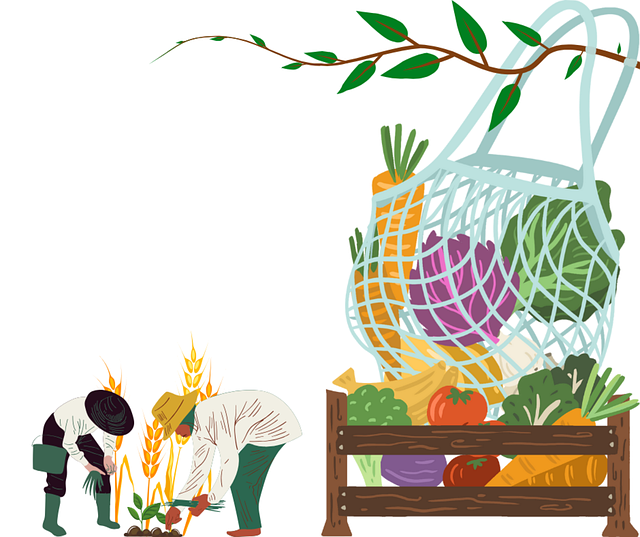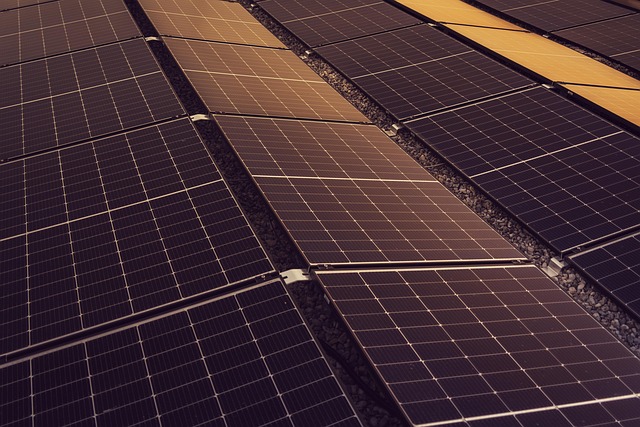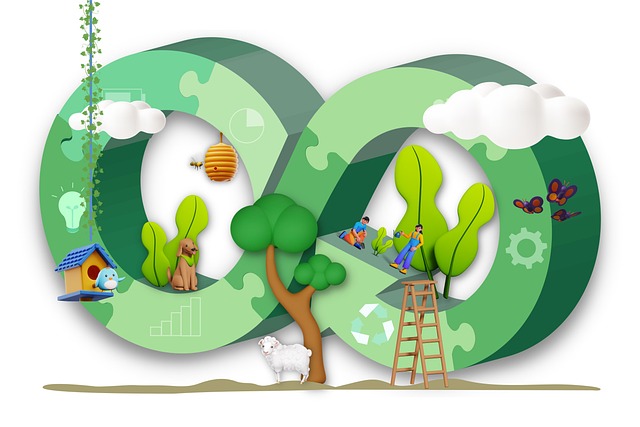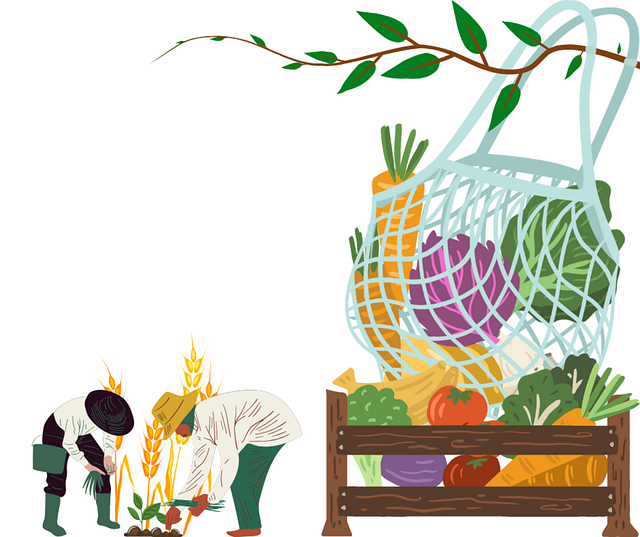The text emphasizes the environmental benefits of Glue Laminated Beams (GLB) as a sustainable construction alternative. Certified eco-friendly options, like GLB from responsibly managed forests, reduce carbon footprints and promote green building practices. Various standards, including FSC certification and LEED rating, ensure their ecological integrity. Manufacturers embracing green certifications enhance their sustainability reputation and access new markets, despite challenges, positioning themselves as leaders in eco-conscious structural solutions.
Explore the world of sustainable construction with our in-depth look at green certifications for glue laminated wood products, focusing on the sustainability of glue laminated beams. From understanding these versatile building materials to delving into the environmental standards shaping the industry, this article offers a comprehensive guide. We examine how green certifications are revolutionizing forestry practices and the benefits and challenges faced by manufacturers committed to eco-friendly production.
- Understanding Glue Laminated Wood Products
- The Role of Green Certifications in Forestry
- Popular Environmental Standards for Beams
- Benefits and Challenges for Manufacturers
Understanding Glue Laminated Wood Products

Glue laminated wood products are engineered structural materials created by gluing together multiple layers of wood laminates. This process enhances the strength and stability of the wood, making it an excellent alternative to concrete structures in various construction applications. The sustainability of glue laminated beams is a growing focus within the industry, driven by the demand for eco-friendly building practices.
As builders and architects embrace green building practices for beams, the need for certified, environmentally conscious materials has increased. These products offer not only structural integrity but also contribute to a reduced carbon footprint compared to traditional construction methods. For those seeking carbon neutral building supplies, glue laminated wood products provide a viable option, especially when sourced responsibly from managed forests. Visit us at 18 Clifton St, Unadilla, NY 13849 anytime to learn more about these innovative, sustainable solutions.
The Role of Green Certifications in Forestry

Green certifications play a pivotal role in shaping the sustainability of Glue Laminated Beams (GLB) and the broader forestry sector. These certifications ensure that wood products are sourced, manufactured, and delivered in an environmentally responsible manner. By adhering to stringent standards, industries can promote the conservation of forests and the long-term viability of timber resources.
For instance, when compared to traditional beams, GLB produced through sustainable practices offers a compelling solution for eco-friendly construction. The process involves carefully selected, high-quality wood veneers bonded together with strong adhesives, resulting in robust, long-lasting glued wood structures. This method not only reduces waste but also encourages the use of sustainable building materials options. For those seeking environmentally conscious choices, visiting us at 18 Clifton St, Unadilla, NY 13849 anytime can provide insights into how these certifications contribute to a greener future in construction.
Popular Environmental Standards for Beams

When it comes to the sustainability of glue laminated beams, several prominent environmental standards have gained recognition in the industry. These standards ensure that the production and use of these wood products align with eco-friendly practices. One widely adopted standard is the Forest Stewardship Council (FSC) certification, which promotes responsible forest management and encourages the use of recycled or sustainably sourced materials. This certification is crucial for ensuring the environmental integrity of glue laminated beams throughout their lifecycle.
Additionally, the Leadership in Energy and Environmental Design (LEED) rating system, popular among architects and builders, favors the use of biodegradable building frameworks, including energy-saving wooden beam designs. LEED’s focus on reducing carbon footprints makes it a compelling choice for those seeking environmentally conscious construction solutions. Moreover, natural lamination techniques are gaining traction due to their minimal environmental impact and potential for reduced waste in manufacturing processes. For more information about these standards and sustainable wood product options, visit us at unalam.com.
Benefits and Challenges for Manufacturers

The pursuit of sustainability in construction has led many manufacturers to explore green certifications for their Glue Laminated Wood (GLW) products, such as those that emphasize the sustainability of Glue Laminated Beams. This shift presents both opportunities and challenges. On one hand, obtaining these certifications can enhance the environmental reputation of GLW products, appealing to environmentally conscious consumers and opening doors to new markets. It also encourages manufacturers to adopt more eco-friendly production methods, potentially reducing their carbon footprint.
However, navigating the certification process can be complex and costly. Manufacturers must ensure strict adherence to standards that verify the longevity of glued lumber and structural integrity of their products while upholding sustainable practices throughout the supply chain. This involves implementing rigorous quality control measures and obtaining raw materials from certified sustainable sources. Despite these challenges, embracing green certifications offers a chance for GLW manufacturers to differentiate themselves as leaders in what are increasingly becoming sustainable structural solutions. For more information on sustainable lumber practices, visit us at unalam.com anytime.
Green certifications play a pivotal role in promoting the sustainability of glue laminated wood products, ensuring they meet environmental standards without compromising quality. By adhering to popular environmental standards for beams and embracing eco-friendly practices, manufacturers can contribute to a greener future while offering top-tier building materials. This shift towards sustainable forestry and manufacturing processes not only benefits the environment but also enhances the market position of glue laminated beam producers who prioritize ecological responsibility.














